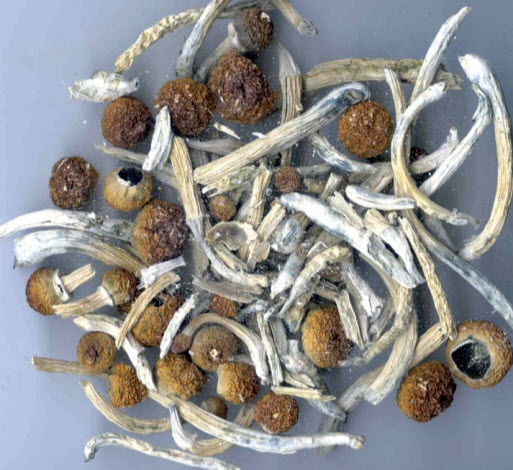
Among the hallucinogens abused by those who have a substance use disorder (SUD), psilocybin mushrooms are still a popular source of getting high.
Similar to other hallucinogens, such as mescaline and peyote, and known on the street as “magic mushrooms”, they contain the hallucinogenic chemical psilocybin and are found throughout the U.S. and Mexico. Fresh or dried, these fungi have long, slender stems topped by caps with dark gills on the underside. Fresh mushrooms have white or whitish-gray stems; the caps are dark brown around the edges and light brown or white in the center. Dried mushrooms are usually rusty brown with isolated areas of off-white.
Psilocybin mushrooms are abused by being eaten or brewed as tea, or added to other foods to mask their bitter flavor. Their effect on the body may include nausea, vomiting, muscle weakness, and lack of coordination. The psychological consequences of psilocybin use include hallucinations and an inability to discern fantasy from reality. Panic reactions and psychosis also may occur, particularly if a user ingests a large dose.
Effects of a psilocybin overdose include a longer, more intense “trip” experience, psychosis, and possible death. Abuse of psilocybin mushrooms can also lead to immediate poisoning if one of the many varieties of poisonous mushrooms is incorrectly identified and ingested.
Psilocybin is a Schedule I substance under the Controlled Substances Act, meaning that it has a high potential for abuse. There is no currently accepted use in medical treatment in the United States and no level of accepted safe use under medical supervision.
If you or a loved one is suffering from a substance use disorder as a result of psilocybin mushrooms or any other addictive substance, The Council on Recovery can help. Call us today at 713-942-4100 or contact us online.
